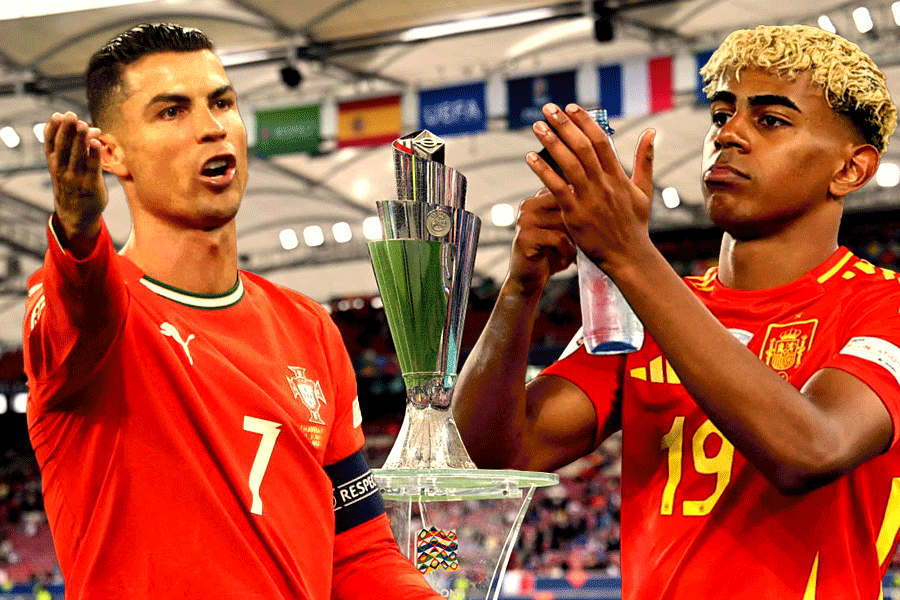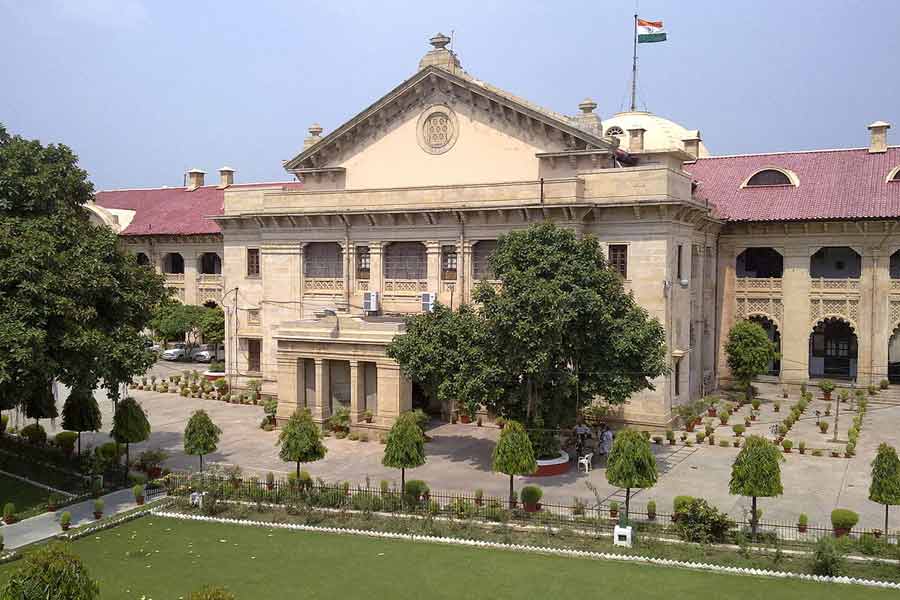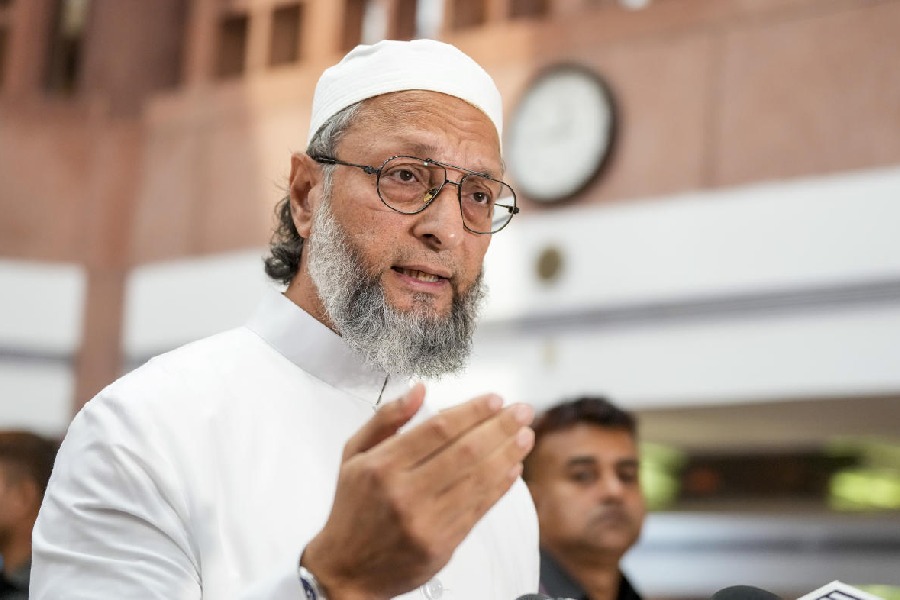|
|
| Saoli Mitra as Draupadi in Nathbati Anathbat |
The Palace of Illusions By Chitra Banerjee Divakaruni, Picador, Rs 495
In her author’s note to The Palace of Illusions, Chitra Banerjee Divakaruni writes about how she grew up listening to the tales of the Mahabharat, “like many Indian children”. Had she sought out a reliable complete version of the multi-layered, vast and magnificent Sanskrit epic, perhaps her reimagining of it would not be as uninspiring as it ends up being. The Palace of Illusions is the idiot’s guide to the Mahabharat, made new by giving it a gendered narrative. The novel is told from the perspective of Draupadi, daughter of Dhrupad, the king of Panchaal. Born out of fire, and an unwanted add-on to her brother, Dhristadyumna (whom Dhrupad receives as a boon), Draupadi goes on to marry the five Pandava princes, heroes of Indian legend. Evidently, it is Divakaruni’s intention to trace Draupadi’s transformation from a fumbling, docile princess to an outspoken, fearless queen who changes the course of history and is a catalyst in the drama of the world’s end — the battle of Kurukshetra that precedes the fourth Age of Man, Kalyug or the Dark Age.
The novel takes key incidents from the epic and retells them from Draupadi’s point of view. Divakaruni is faithful in this. It is in her creation of Draupadi’s coming-of-age, when she renames herself Panchaali, that Divakaruni falls short. Her Panchaali is immature and unsure of herself at the beginning of the novel. By the end, she is immature, self-obsessed, bitter and lovestruck. Divakaruni could have developed her heroine into one powerful enough to justify calling the novel “Panchaali’s Mahabharat”. Sure, Panchaali controls the narrative and acts as a sutradhar. But the narrative itself is curiously pallid, constantly getting lost between the effort to contain the tales of the epic faithfully within its pages and imbuing the ancient saga with a new and original perspective.
This is not to say that The Palace of Illusions is without its moments. The descriptions of the Kurukshetra war are gripping, capturing the perfidy of war, and the dread and heroism alike of the warriors. Divakaruni creates flesh-and-blood characters out of them, exposing, through Draupadi’s eyes, their vulnerability. The Pandava heroes’ grief at seeing their sons fall in battle is captivating in the starkness with which the author describes their mourning. In fact, barring the protagonist, the construction of most of the other characters is detailed. Panchaali speaks unapologetically about her unhappiness with her husbands. Yudhisthir is treated most harshly, for his pacifism and annoyingly rigid moral uprightness. In her unquenchable attraction for Karna, she sees him as quite the Byronic hero: fearless, powerful and tantalizingly flawed. Panchaali’s friendship with Krishna too, is developed in beautiful detail.
Vyasa, the author of, as well as a character in the Mahabharat, moves in and out of the Palace, with the same prescience and mystery as in the epic. He is a reminder that Panchaali’s destiny, together with that of the people whose lives she ostensibly affects, is pre-ordained.
Till the very end Panchaali keeps questioning her ability to change the course of history, while harping on her contribution to the war. But like the Pandava palace of illusions — that one place where she was truly happy — this (misplaced) sense of purpose too is an illusion. For the predestined Great War was really a battle for supremacy and rightful inheritance among kings. In this, too, Panchaali is exploited, used as a pawn to account for the deaths of millions. Always, she is placed secondary to the glory of the men, whose deference is to their elders. Her humiliation at the Kaurava court is a glaring example of her husbands’ inability to stand up for her.
Divakaruni makes her Panchaali so unlikeable that she fails to win the reader’s sympathy. Despite the contemptible pacifism of her husbands, one is tempted to feel a little sorry for their matrimonial fate, as opposed to hers. She embodies a transaction: between her father and the Pandavas, and between the Pandavas themselves, who share her with heartless equality. Panchaali’s relationship with her domineering mother-in-law, Kunti, is translated into a contest for control within the household. Her defiance and rage are aspects of her character that make her different from, and more powerful than, the heroines of other epics. But in the Palace, Panchaali’s anger comes out as petulance. A victim of the foibles of her husbands, she nags and bickers, and takes pride in it as if this was the only control she could exercise over them and over her own fate. Karna’s unspoken relationship with Panchaali, their devastating passion for each other, is reduced to the level of the angsty love of run-of-the-mill romance novels. Divakaruni even throws in a ridiculous punarmilan (reunion) after they die and go to heaven.
In her attempt to give Panchaali’s character solid form and make it plausible, Divakaruni makes her too commonplace, devoid of any heroic, queenly qualities. For the most part, The Palace of Illusions is the Mahabharat — but heavily condensed into innocuous, commercial fiction.












